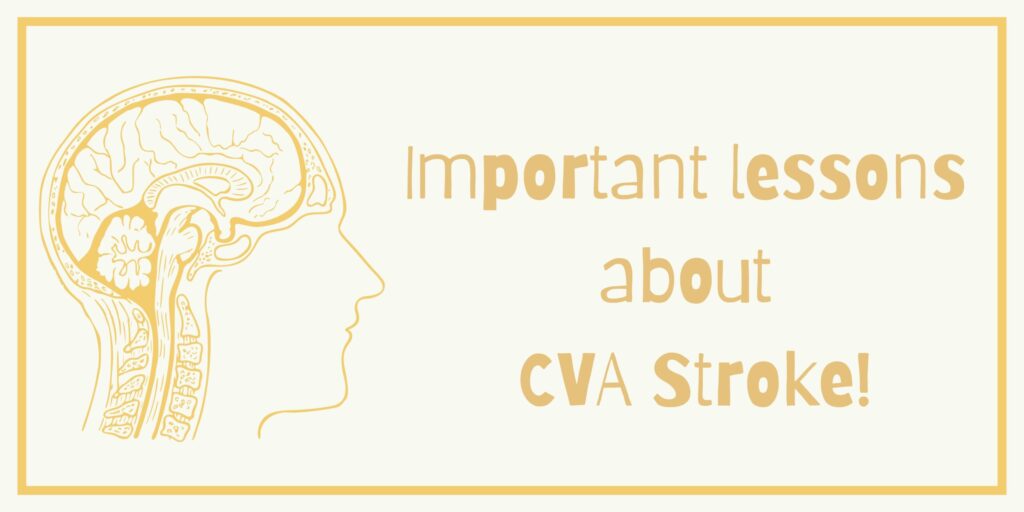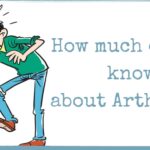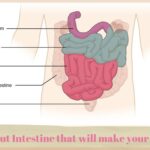Types of stroke
Types of stroke with their symptoms, preventions and awareness are explained in this post. A stroke occurs when blood supply to a portion of your brain is blocked or ruptured, and the medical term for a stroke is a cerebrovascular accident (CVA). You should be mindful of the warning symptoms of a stroke and keep an eye out for them. If you suspect you or someone close to you is experiencing a stroke, get medical help right once. The sooner you seek care, the better for the reason that a stroke that is left untreated for an extended period of time can result in lasting brain impairment. The abbreviation “FAST” can help individuals recognise the most frequent stroke symptoms:
Face – It’s possible that one side of your face is drooping more than the other
Arm – Is one of a person’s arms dragged downward if both arms are held out?
Speech – Is their speech odd or slurred in any way?
Time – If any of these indications are present, it’s time to phone the hotline and get to the hospital.
Types of Stroke
Types of stroke are Ischemic Stroke, Haemorrhagic Stroke, Transient Ischemic Attack aka Mini-Stroke, Brain Stem Stroke, and Cryptogenic Stroke, aka stroke of unknown cause. An ischemic stroke occurs when a blood clot blocks a blood artery providing blood to your brain, which is the most common form of stroke. The signs and symptoms vary depending on which brain areas are damaged. They might involve symptoms such as sudden numbness or paralysis in your face, arm, or leg, usually on one side of your body, Confusion, difficulties communicating with or comprehending others, Loss of vision or double vision, as well as disorientation, loss of coordination or balance, or difficulty walking. When blood clots in your brain, it affects adjacent cells, resulting in haemorrhagic stroke. High blood pressure, injuries, bleeding problems, cocaine usage, abnormal blood vessels or AVMs, and aneurysms (a weak spot in a blood artery that bursts open) are all causes of haemorrhagic stroke.
Types of Stroke Continue
A “mini-stroke” or a TIA (transient ischemic attack) is another type of ischemic stroke, and this is a momentary barrier in your brain’s blood supply. The symptoms normally last only a few moments and can be gone in as little as 24 hours, depending on the severity. Types of stroke include Transient Ischemic Attack aka Mini-Stroke. It’s possible that the symptoms of TIA are comparable to those of an ischemic stroke. Your brain stem is where a Brain Stem Stroke occurs. Both sides of the body might be affected by this condition simultaneously. A “locked-in” condition is the result, which prevents the victim from speaking or moving their limbs lower than the collarbone. It might be difficult to tell when someone has a brain stem stroke. Some symptoms may be present, but the distinctive weakening solely on a single side of the body is absent. Vertigo, vertigo, loss of coordination, double vision, difficulty speaking, passing out, problems with central nervous system operations including blood pressure and respiration, and “Locked-in” syndrome—you can only move your eyes—are all symptoms of a brain stem stroke.
Ways to prevent CVA Stroke
The term “cryptogenic stroke” (CS) refers to a condition in which the cause of cerebral ischemia is uncertain. There is still no conclusive answer to the question of what causes CS, either because the occurrence is transient or reversible or because the research did not include all plausible factors. Types of stroke end with this Cryptogenic Stroke, aka stroke of unknown cause. By being aware of your predisposition to stroke, you can take steps to reduce your risk. Teaching your children how to call for assistance should be at the top of the list, as should educating your loved ones about “FAST,” keeping your medical information up to date, making sure you have an emergency contact list on your phone, and storing a copy of your meds on hand. Knowing the hospital’s location is essential if a recognised stroke centre is available in your region. After a stroke, you have a greater chance of having another one. Stroke prevention is the best therapy. Eating a diet rich in fruits and vegetables, beans and nuts, as well as fish and seafood rather than red meat and poultry and limiting your intake of sodium are all ways to reduce your risk of a stroke. You can also reduce your risk by increasing your exercise, restricting or giving up smoking, and taking prescribed medicine for conditions such as high blood pressure. If you have a medical condition or other circumstances that put you at greater risk, speak with your doctor. Your risk factors can be managed with their assistance.



